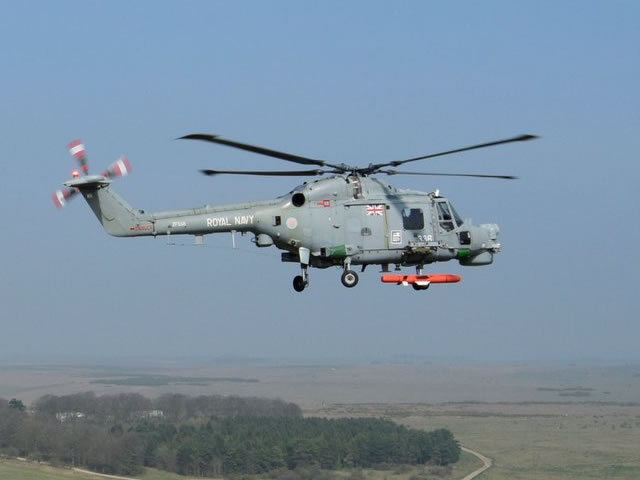|
|
|||
 The new trials on board the Lynx Mk 8 validate that the missile can be easily integrated onto any platform. MBDA Picture. The new trials on board the Lynx Mk 8 validate that the missile can be easily integrated onto any platform. MBDA Picture. |
|||
|
|
|||
|
The 100 kg-class missile is one of the products of France and the United Kingdom’s highly-successful collaboration on missile technologies. In UK service the missile is planned to be used from the AW159 Wildcat helicopter, while in France the DGA (Direction générale de l’armement – the French defence procurement agency) is currently conducting the development flight campaign for the missile on a Panther test bed helicopter. The new trials on board the Lynx Mk 8 validate that the missile can be easily integrated onto any platform.
Sea Venom is a modern primarily anti-ship missile designed to destroy vessels ranging from FIAC (Fast Inshore Attack Craft), through medium sized FAC (Fast Attack Craft) up to large vessels such as Corvettes from safe stand-off ranges. This missile also has a surface attack capability against coastal and land targets. Unlike legacy semi-active radar guided missiles, Sea Venom uses an imaging infrared seeker that offers ‘fire-and-forget’ capabilities in even the most complex littoral environments. The missile is the natural choice for militaries wishing to replace or enhance their rotary-wing anti-ship capabilities. |
|||
MBDA proves Sea Venom/ANL missile compatibility with Lynx and Super Lynx helicopters
- Posted On











